There used to be a time when video games had clearly-defined genres. Fighting games were fighting games, puzzle games were puzzle games, and so on. That was then and this is now. Shooters like Mass Effect have the story depth of a true RPG. Games like Puzzle Quest add role-playing elements to what is otherwise a standard Bejewelled puzzler. Titles like these have proven that you can take the best aspects of these genres and combine them to create a hybrid that’s better than the sum of its parts. This all brings us to Wizorb, the Xbox 360 indie title from Tribute Games. Wizorb is essentially an 8-bit Breakout, but with a coat of RPG paint to try to separate itself from the games it draws its inspirations from.
The core of the game is the Breakout-style mechanics in which you must clear all blocks and items on screen by deflecting a ball using a paddle. You can control the angle of deflection based on where on the paddle the ball contacts. To complete a level, not only must you clear all destructible bricks of varying toughness, you must also clear enemies and open all treasure chests. The enemies tend to move around the level which can add a level of variability to the direction of the ball’s path because it will also bounce off those enemies.
I can’t begin to stress how important it is to read through the ‘How to Play’ information in the menu system. It’ll teach you about the various power-ups and curses you’ll encounter in the game. The latter in particular are good to read up on in order to understand how to get rid of them. The instructions will also teach you about shortcuts and different environmental changes you’ll encounter. There’s also statistical information regarding the values associated with various items and magical abilities, the latter of which I’ll delve into later. These are the kind of things that would take you awhile to figure out, if ever, on your own.
Unless you sit at the start screen and wait for the introductory movie you won’t have a clue what the story is behind the game. Suffice it to say you play a mysterious stranger who arrives to help a devastated kingdom against an evil force. This stranger has the rather convenient ability to turn himself into an orb and his wand into a paddle. That’s about as deep as the story gets, and the conclusion wraps up in about 30 seconds. I really wish the developers had done a little more here, because without fully fleshing out a story it really just feels tacked on. Your journey begins in the main town which you can help restore by donating money to its citizens. All five of the other locales in the world are more or less dungeons, each containing about a dozen levels. If you can successfully survive all twelve levels, you’ll encounter a boss battle. These battles are a nice change of pace and hearken back to old-school games where boss fights were all about pattern recognition and execution.
There’s a magic system in the game and this is another example of the RPG influences. You can of course beat each level simply using the standard mechanics, but there are also magic-based skills at your disposal. You have a standard fireball you can shoot from the center of your paddle that will destroy a single block in its path. You can also force a wind to blow to adjust the direction of the ball. Activating one of these abilities just as the orb contacts the paddle will induce a more powerful, but more costly variation. Each of these moves draws from your magic meter which can only be refilled by collecting potions that drop from destroyed blocks, buying them via stores, or by repeatedly bouncing the orb without hitting any blocks.
The reason why that balance is so important is because the game isn’t easy, especially in the later stages. You’ll often not have a direct path to those last few bricks on the stage. Having to repeatedly hit the orb to try to get the right angle can send it flying so fast it’s difficult to keep up. Some blocks can only be destroyed from their back side and seemingly more and more pieces in the environment are indestructible obstacles. Some enemies themselves will actually swat the orb away which can easily lead to instant deaths when the orb is traveling at a high velocity already. Thankfully the game is as responsive as you could want it to be. Should you fail, there’s never any question that it was your fault.
When it comes down to deciding whether to recommend Wizorb or not, it basically boils down to one question – Do you like Breakout? Despite the fact that the developers have taken the novel approach of weaving in some role-playing game elements, the game is an evolution of Breakout. If you’re a fan of games like that, then I can easily say go for it. Despite the fact that it’s a solid game, I still would’ve liked to have seen a greater RPG influence in the story and some skill customization rather then be stuck with the same powers the entire game. A little more depth and variety would definitely help in justifying the 240 Microsoft points price tag.
Overall Rating: 




© 2011 – 2013, The Indie Mine. All rights reserved.

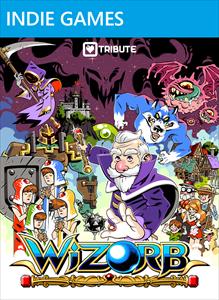
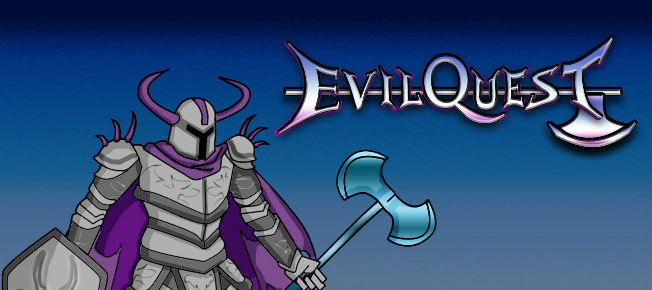
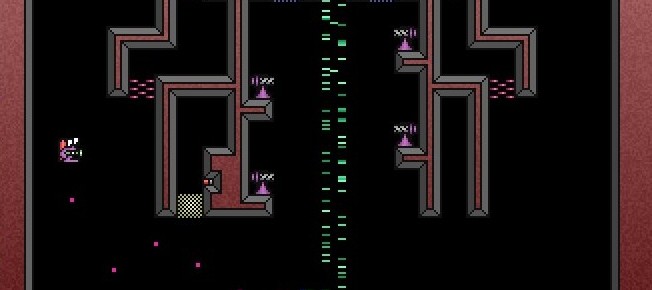
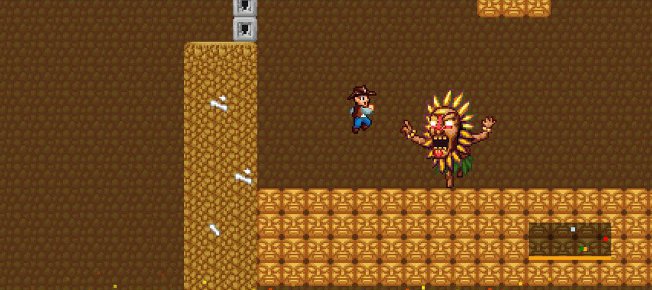
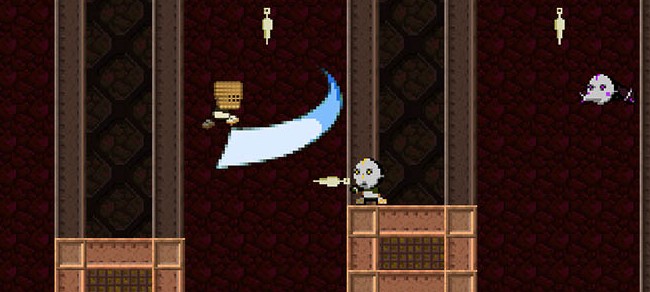
As someone who spent way too many hours hunched over a vintage Arkanoid machine at Mr. T’s Sandwich Factory in my youth, this was an easy sell for me. The controls are actually a bit slow for my tastes, but I’m used to attacking Breakout-style games by using the side of my paddle more than the front, and that’s not easy to do in Wizorb. Beyond that complaint, it looks solid for what it is, and worth the $3.
If you dig into the Help info, there are actually two control methods: analog stick, or d-pad. If you use the d-pad, it’s by default slower than the analog controls, but you can use the x button in conjunction to get it to move just as fast.
I did notice that, and have played about with both schemes, but either way I never reach a point where the flow of the controls matches how I think they should feel/want them to feel. As much as I like the game, I think I’m at the point where I’m going to wait for the “coming soon” PC version rather than continue playing it on XBLA. But when that day arrives, I’ll gladly buy the game twice, so Tribute has done something right here.
The PC version is out now, and is everything I hoped it would be. The mouse controls are much more responsive, which helps eliminate the gap between “my brain wants the paddle to be PLACE” and “the paddle is at PLACE.” I had my issues with the Xbox version of the game, but I strongly recommend the PC version to anyone who enjoys a good Breakout game.